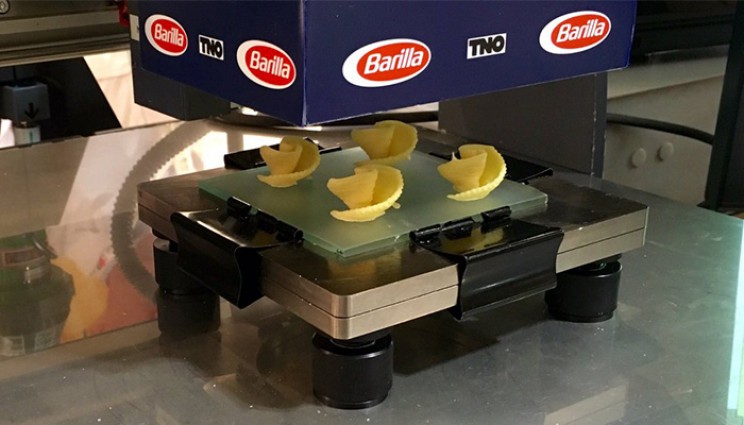There’s no shortage of stories about smart or lucky investors making millions of dollars from well-timed crypto trades, particularly in the pre-winter boom years. The people who built the systems developed the software and founded the companies that those investors use, on the other hand, earned not millions, but billions.
The world of blockchain billionaires is a very small and exclusive fraternity. Not only aren’t there many of them, but their ranks include several partners who both got rich at the same time after co-founding the same company together.
Keep reading to meet the crypto billionaires who made a fortune building the blockchain world that many mainstream Americans are just learning about now.
- Fred Ehrsam
Fred Ehrsam first learned about digital currency as an avid “World of Warcraft” player. In 2012, he co-founded Coinbase with Brian Armstrong, who also appears on this list. Coinbase went on to become the biggest cryptocurrency brokerage in America.
According to Forbes, Ehrsam still owns 6% of the company and sits on the board despite leaving Coinbase in 2017. One year later in 2018, he founded the crypto investment firm Paradigm.
- Michael Saylor
Michael Saylor was a billionaire, then he wasn’t, and now he is again. The MIT grad and former rocket scientist founded the business analytics software firm MicroStrategy in 1989. He rode the dotcom wave to a 10-figure net worth until the dotcom bust ended his stint as a billionaire.
According to Forbes, he reclaimed membership in the three-comma club with a well-timed purchase of tens of thousands of bitcoins.
- Jed McCaleb
Few billionaire crypto pioneers go back as far as Jed McCaleb, who founded Mt. Gox in 2010 as the first legitimate cryptocurrency exchange. Mt. Gox has been a notorious part of crypto folklore since the exchange was hacked in the tumultuous early days of Bitcoin.
McCaleb sold Mt. Gox one year before the hack. Two years later in 2012, he co-founded Ripple with Chris Larsen — more on him shortly — and according to Forbes, that’s where he made his real money. McCaleb received 9 billion XRP as a Ripple founder, and it’s estimated that he still owns 3.4 billion, which represents the bulk of his wealth.
- Devin Finzer
Blockchain billionaire Devin Finzer made his fortune not in cryptocurrencies, but in NFTs. The CEO and co-founder of the NFT marketplace OpenSea, Finzer previously worked as a software engineer for Pinterest.
In 2021, when investors valued his company at $13.3 billion, Finzer and OpenSea co-founder Alex Atallah became the world’s first NFT billionaires, according to Forbes.
- Alex Atallah
OpenSea co-founder and CTO Alex Atallah share the title of the world’s first NFT billionaire with fellow co-founder Devin Finzer. Both he and Finzer own an estimated 18% of the $13.3 billion NFT marketplace, according to Forbes.
- Nikil Viswanathan
Nikil Viswanathan co-founded Alchemy with Joe Lau in 2020, and today, thousands of blockchain and Web3 companies rely on the company’s software. Before founding Alchemy, the duo — both Stanford grads — built Down to Lunch, a meetup app that at one point was No. 1 in the Apple Store.













